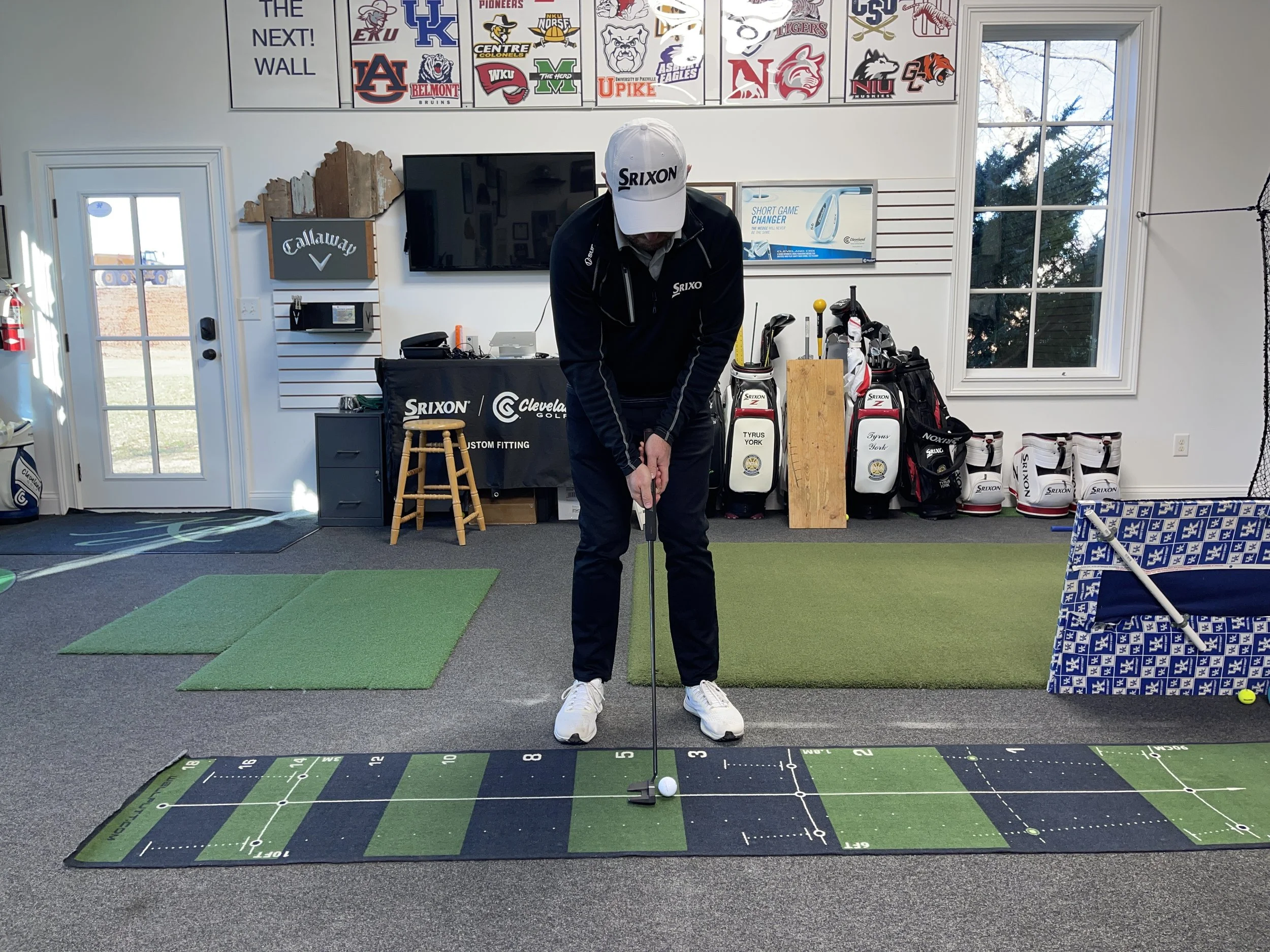It seems like when the weather this time of year is warm enough to play golf, the wind is always blowing. Hopefully you will take advantage of the warmer temps and go out there and deal with the wind. Here's how:
The number one most important rule when playing in the wind is one that you’ve hopefully heard before: “When it’s breezy, swing easy.”
It sounds corny, but it’s true. The temptation to increase the power of your swing, especially when the wind is against you, can be overwhelming. When you swing harder and are lucky enough to make solid contact, the ball will have more backspin, causing it to climb in the air and ultimately be taken by the wind.
Another side effect of swinging harder is that making solid contact with the ball becomes less likely. Even the strongest winds are less likely to influence the flight of ball as dramatically if you manage to hit the ball solid.
The most basic adjustment you can make in your strategy is club selection. You won’t feel the need to swing harder against the wind if you simply take an extra club or two. I can recall several times in my college golf career when the wind would alter my club selection. There were some days I could hit an 8-iron on a particular par 3, and other days would have to hit as much as a 4 or 5 iron on the same hole.
The opposite is true when you are downwind. There is still no reason to swing harder, because all you need to do is use a higher lofted club to get the ball in the air to ride the wind. However, remember that during downwind approach shots, your ball will not have the usual amount of backspin, causing it to release and roll more than normal after it hits the ground.
When you are faced with a side wind, knowing your typical ball flight and choosing the correct starting line (aim) becomes extremely important. I am a firm believer that you should never aim where a straight shot would hurt you. Put a premium on getting the ball on the green or fairway, even if that means you will be far away from the hole. More often than not we aim too far in one direction to compensate for our ball flight and the wind and we end up hitting a shot opposite of our normal tendencies. Remember, if you hit the ball solid, the wind can only affect the ball so much.
To hit the ball more solid when playing in the wind, follow these few swing tips:
· Use a slightly wider stance to increase your lower body stability and balance. Wind obviously can affect the ball, but it will also affect you balance if you have an unstable lower body.
· Choke down on the club about one inch. This lowers the trajectory of your shots, reducing the wind’s ability to affect the ball flight. It also makes the club shorter, making it easier to find the sweet spot.
· For the more advanced player, use a lower takeaway and finish position to keep the ball down. This also reduces backspin when hitting shots into the wind.
Side Note: Use caution when adjusting your ball position to compensate for the wind. A common adage when the wind is in your face is to move the ball back in your stance to hit it lower. However, by moving the ball back too much you will increase the amount of backspin and run the risk of getting the ball stuck in the wind.

























